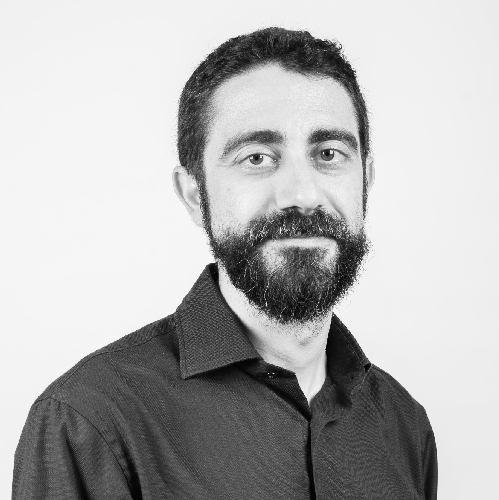Davide Spallazzo

INFO
associate professor - Politecnico di Milano – (IT)
Design
ORCID
Exploring the Role of Boundary Objects in Mobile Experiences for the Cultural Heritage Field
In the rapidly evolving landscape of the cultural heritage sector, the integration of mobile technologies has inaugurated a new era of visitor engagement, offering interactive and personalized experiences. However, these mobile experiences may inadvertently disconnect visitors from the physical visit itself, immersing them in a digital realm. This paper delves into the critical examination of the role of boundary objects in mobile cultural heritage experiences. Boundary objects, tangible elements strategically positioned within the visitor experience, may serve as crucial intermediaries bridging the gap between the physical and digital realms. Through an analysis of various projects developed in recent years, this paper explores the diverse roles that physical elements as boundary objects can assume in enhancing the visitor experience. It investigates how these boundary objects can strike a delicate balance between enriching the digital engagement and ensuring visitors remain emotionally connected to the physical heritage sites. By shedding light on the multifaceted nature of boundary objects in mobile cultural heritage experiences, this research contributes to a more nuanced understanding of how technology can be harnessed to create immersive and meaningful interactions while preserving the authenticity and significance of our cultural heritage.
BIO
Davide Spallazzo has obtained a Ph.D. in Design and is an Associate Professor at the Department of Design at the Politecnico di Milano. Active in the field of Interaction Design, his main research interest is the human-centered approach to digital innovation and meaning making, applied to various areas of investigation. Over the years, he has coordinated and participated in various national and international research projects related to digital technologies in the field of Cultural Heritage. Currently, he serves as the vice-coordinator of the Ph.D. research program in Design and as the secretary of the master's degree program in Digital & Interaction Design.
